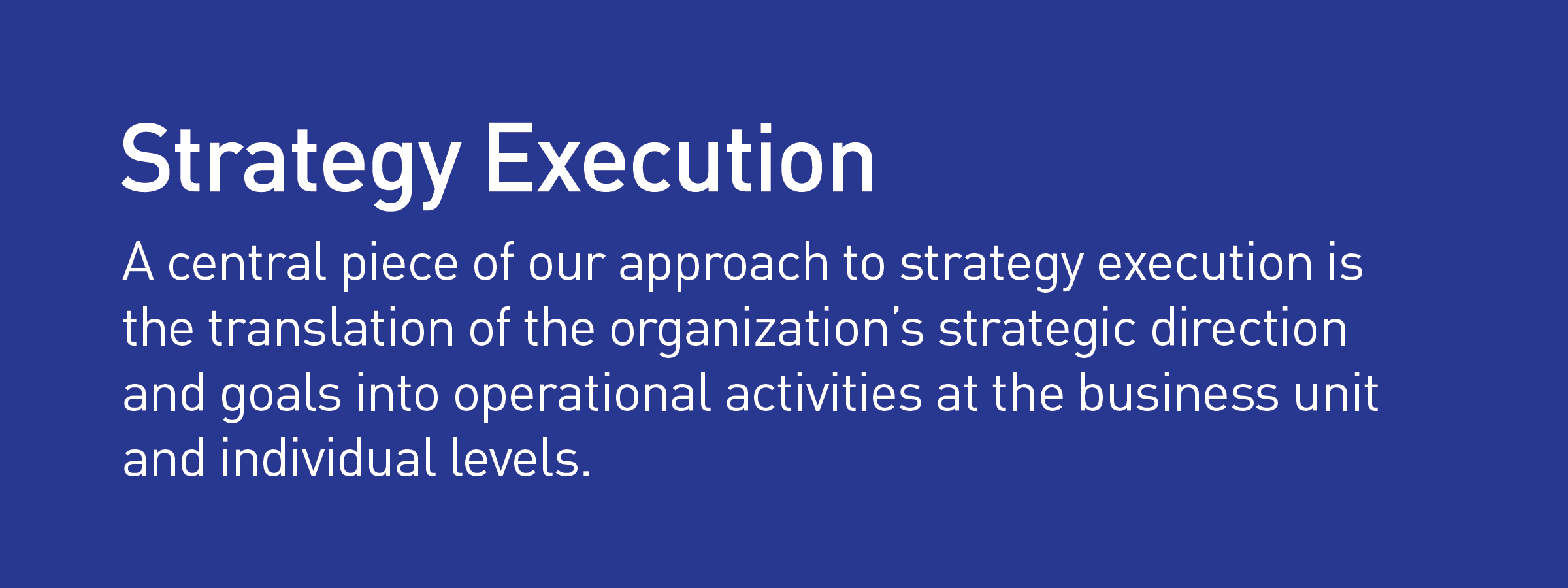Comprehensive M & E of a Minority Male Youth Leadership Development Program
Numeritics recently completed a year-long comprehensive monitoring and evaluation of a minority male youth development program in the Greater Pittsburgh area. We created a program evaluation strategy and framework that encompassed process, formative and summative components along with indicators with which to measure outcomes. We used a mixed-methods approach with both qualitative and quantitative elements that allowed for triangulation of results. This approach presented a robust and unique results space that represented the full spectrum of impacts and value-added generated by the program.
Program Evaluation for Youth Afterschool Programs
Numeritics was commissioned to develop a repeatable data collection and program evaluation process for afterschool programs for youth in the Pittsburgh area. The process included establishing baseline data, conducting logic model workshops and working with the agencies to develop a strategy for enhancing their capacity for data collection and the tracking of key performance metrics. Deliverables included a replicable Program Design toolkit will provide detailed instructions on how the agencies can utilize the data collected and the metrics they are tracking to improve program effectiveness.
Design and Implementation of a Corporate Balance Scorecard
As part of the institution’s strategic plan implementation, a multilateral development bank seeks to improve organizational performance by measuring key drivers and performance indicators of its operations and seeks to achieve better alignment between the organization’s strategy and employees' day to day activities. To address these issues, we took the lead in the design and implementation of the bank’s corporate balanced scorecard. Training sessions were also provided to key individuals within the organization. The training on the key elements of the BSC was crucial in the success of the project, as it allowed the cohort of individuals trained to have an appreciation of the underlying concepts, and enabled them sell the concept to the broader audience.
Needs Assessment & Stakeholder Analysis
Numeritics is presently creating a framework on conducting a needs assessment and stakeholders’ analysis on an information technology driven development project. The core objective of the initiative is to provide a one-stop shop for accessing up-to-date official and independent information to enable citizens make informed judgments about policies, the spending pattern of key ministries, department and agencies and the performance of governments with regards to the millennium development goals (MDGs).
Integrated Parking Application Project
This research project documents the approach and findings of the needs assessment and environmental scan of the parking situation within the city of Pittsburgh. The research employs a user-centric approach that emphasizes the centrality of stakeholders and end users in the design process. The study also utilized a multitude of data sources in painting a rich picture of the parking and transportation ecosystem within the City of Pittsburgh.
Crime Data Analysis
Numeritics created a framework to be used in analyzing the association between the initiatives of a Pittsburgh-based community development organization and the reduction in crime rates in the areas in which this organization’s development efforts have occurred. The framework was used to demonstrate the effect the organization’s activities have had in reducing criminal activity and improving the neighborhood’s social characteristics. The initiatives of the organization are in two categories - a direct one primarily focused on addressing reducing opportunities for criminal activities and an indirect one that works on positively impacting the neighborhood’s social characteristics.




